SIL (Safety Integrity Level) certification is a globally recognized standard for assessing the functional safety of systems. Introduced by IEC 61508, this certification has become an essential reference for companies operating in critical industries such as chemical, energy, industrial automation and transportation.
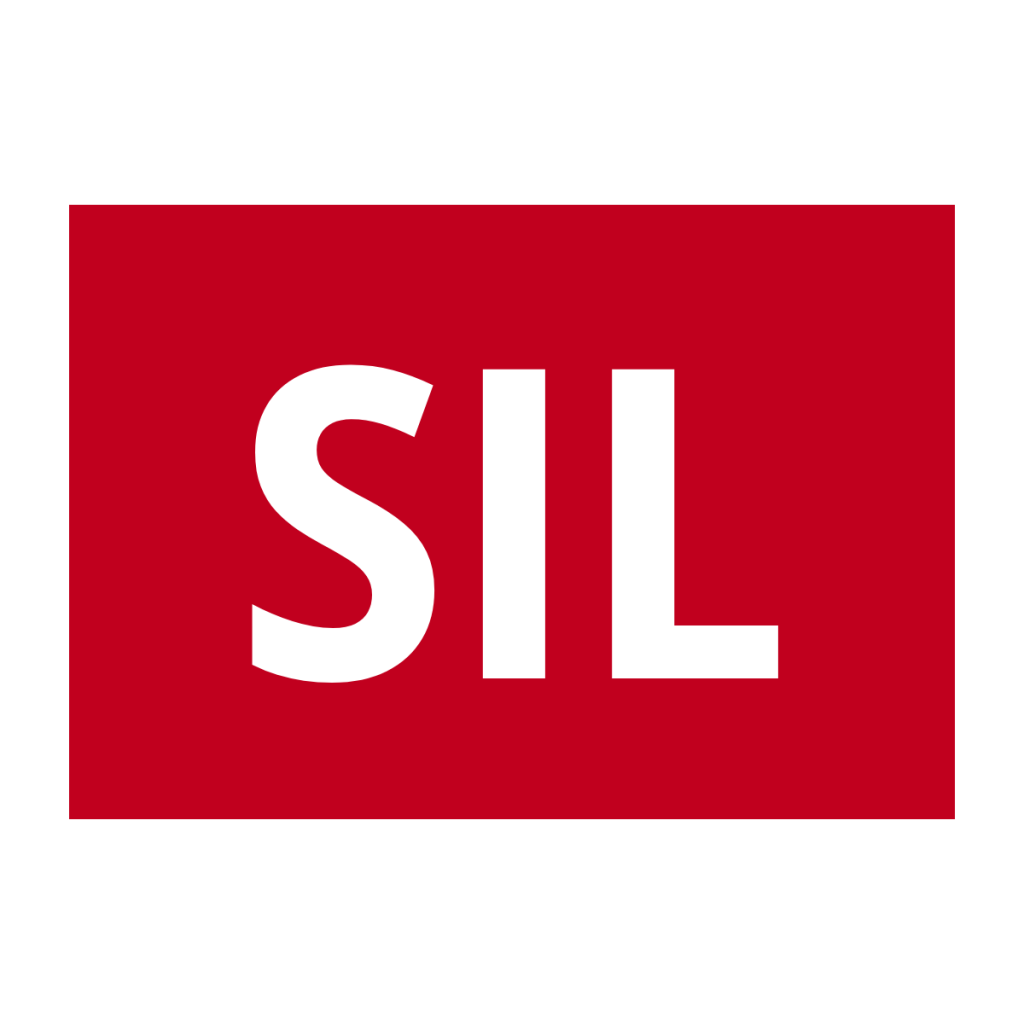
SIL: historical background
Functional safety began to receive increasing attention in the 1980s, following several major industrial accidents that highlighted the need for international standards for risk management. IEC 61508, introduced in the 1990s, was the first global attempt to provide a comprehensive framework for the design, implementation and management of safe systems. SIL certification was developed as an integral part of this standard, providing a clear metric for assessing the reliability of safety functions.
The evolution of SIL standards has been strongly influenced by the petrochemical and gas industries, where risk management is crucial. Over time, the concept of SIL has been adopted in other industries as well, from automotive to rail to industrial automation.
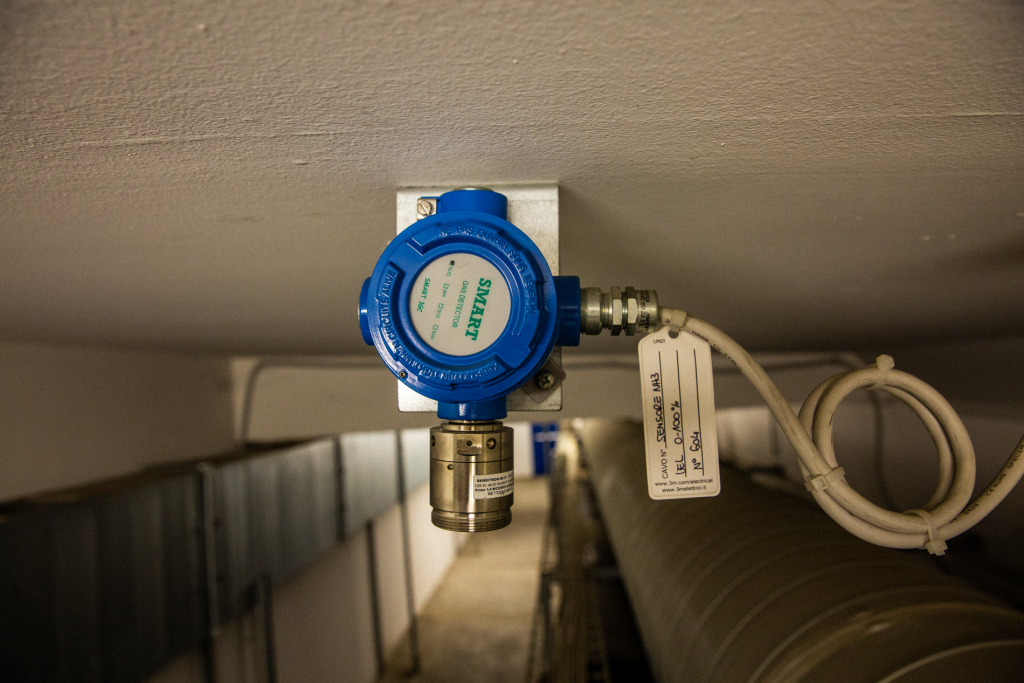
SIL: what is it?
SIL represents a level of safety integrity, which is a quantitative measure of risk reduction associated with a specific system or component. SIL levels range from 1 to 4, where:
- SIL 1: represents the minimum level of risk reduction
- SIL 4: represents the maximum level of risk reduction, which is required for critical high-reliability systems
Each level is defined by an acceptable probability of failure for the safety function and specific requirements for design, implementation and maintenance.
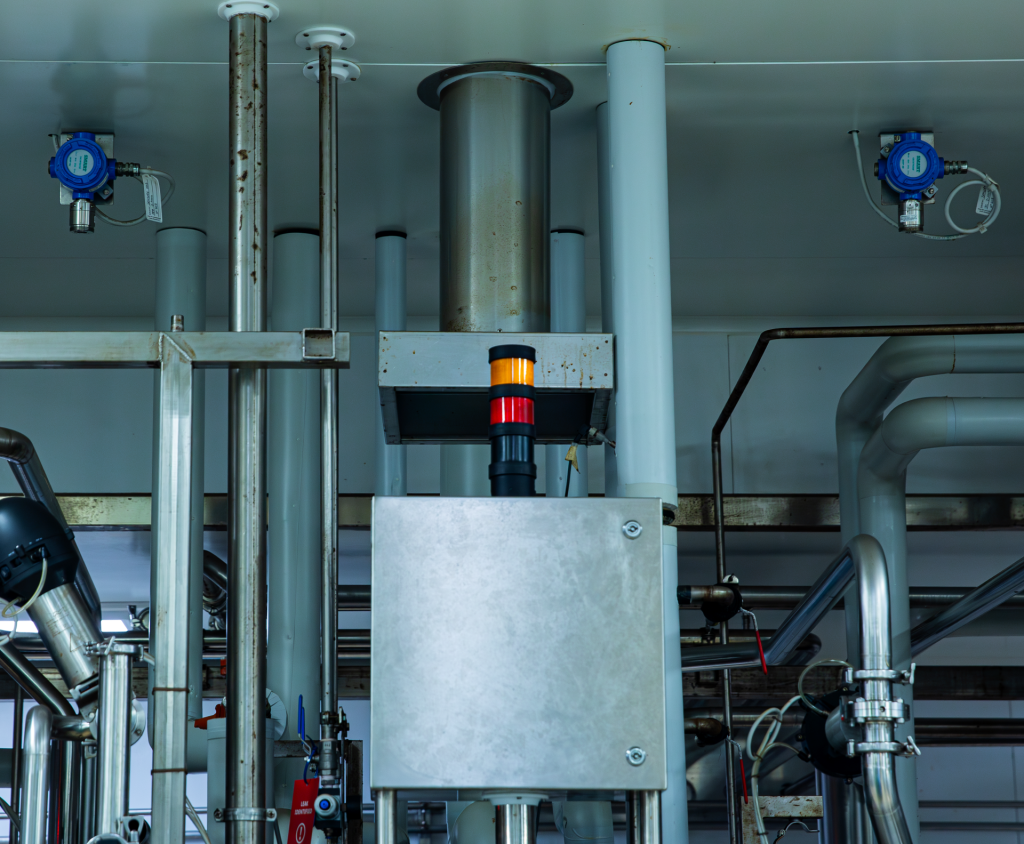
SIL: How is the level determined and what are the requirements?
Determining the required SIL level for a system is the result of a detailed risk analysis, which evaluates:
- The severity of consequences in the event of failure
- The frequency and likelihood of hazardous events
- The ability to mitigate the risk through safety measures
In addition, to achieve SIL certification, a system must meet a number of technical and management requirements, including:
- Reliable design: Use of certified components and redundancy in critical systems
- Validation and verification: Rigorous testing to ensure that the system meets safety requirements
- Continuous maintenance: Implementation of maintenance plans to preserve the level of safety over time
SIL: why is it important?
SIL certification assumes an essential role in ensuring that safety systems are designed and operated to reduce risks to acceptable levels. In the area of gas detection, it is possible to certify the product according to EN 61508 and EN 50402, a standard developed specifically for the functional safety of gas detection systems. Sensitron has certified both detector and control panels with a SIL2 grade for the hardware part and SIL3 for the firmware, according to EN 610508 and EN 50402. A certified system protects people and the environment, minimizing the risk of accidents with potential catastrophic impacts. In addition, it is a demonstration of compliance with safety regulations required by law and regulatory agencies, avoiding penalties and costs associated with plant downtime or repairs. This investment in functional safety also enhances corporate reputation, strengthening the trust of customers, partners, and stakeholders. SIL certification is not just a matter of regulatory compliance, but a commitment to a preventive approach to risk management.
Discover our produtcs
Sensitron gas detectors are suitable for use in any application:
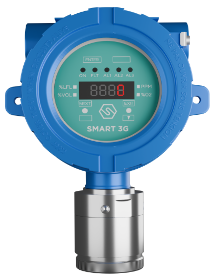
SMART 3G D2
Suitable for detecting the presence of flammable substances, toxic gases, refrigerants and oxygen in classified areas.ATEX, IECEx and SIL2/3 certified
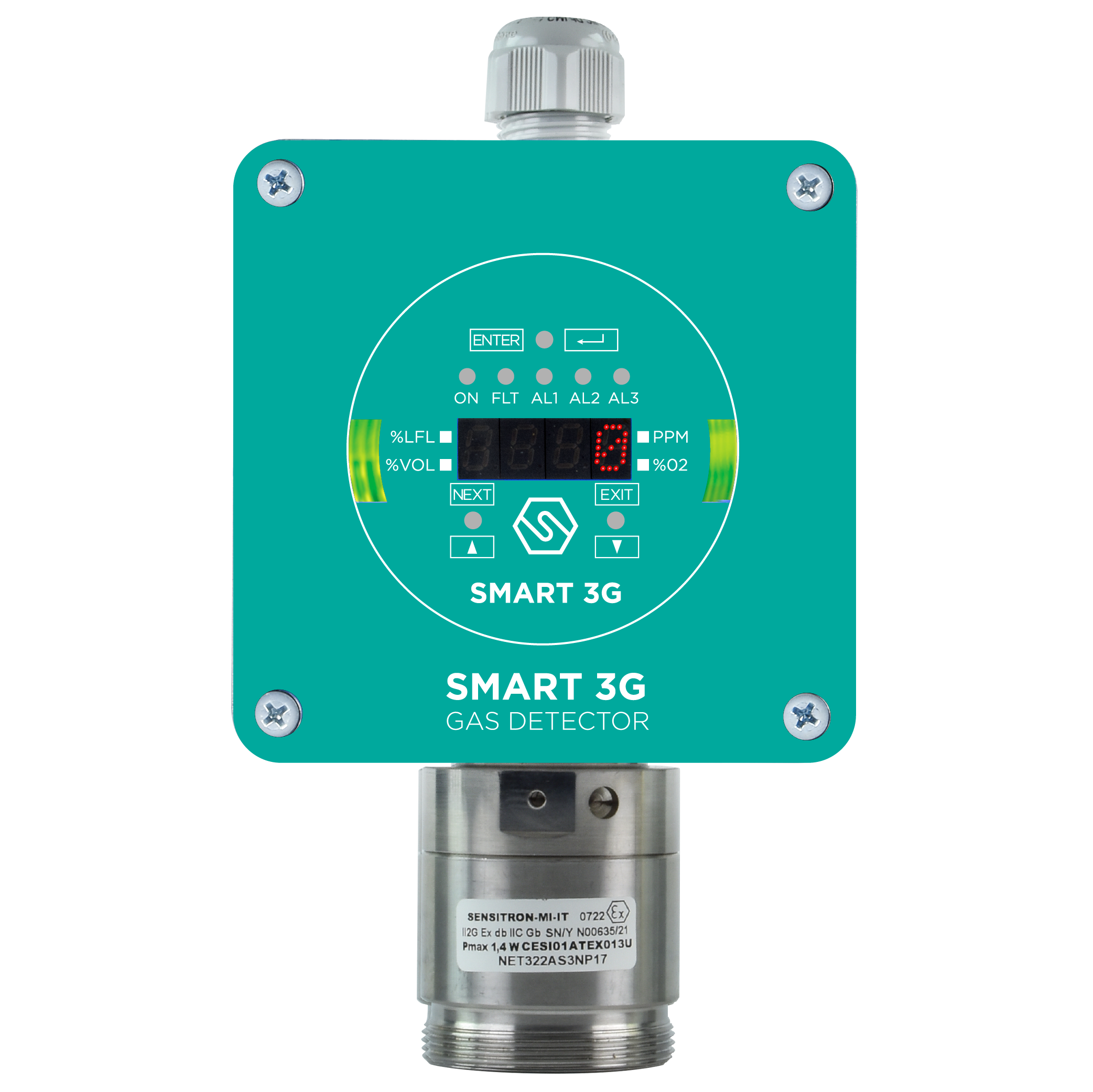
SMART 3G D3
Suitable for detecting in classified areas,ATEX, IECEx and SIL2/3 certified, enables non-intrusive field calibration.
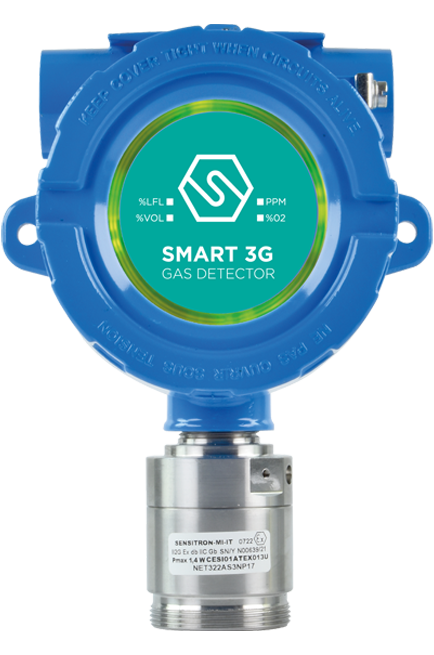
SMART 3G C2
Suitable for detecting, in classified areas, the presence of flammable substances (% LFL), toxic gases in ppm, refrigerant gases or for the detection of oxygen deficiency or excess.
Our certifications
Within hazardous environments where strict safety standards must be met, it is important to use products that are certified and in line with regulations. Learn about our certifications:
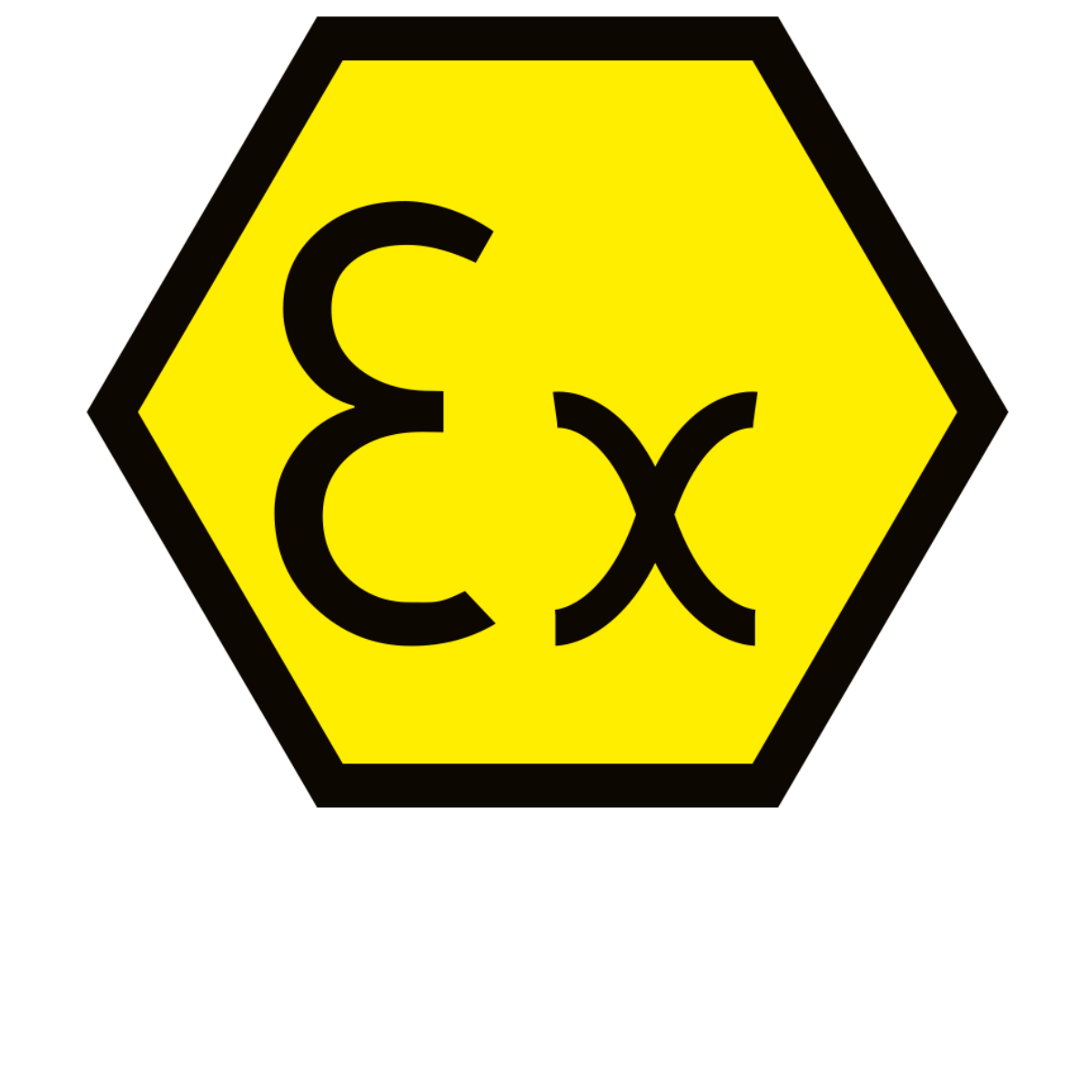
ATEX
The Directive sets out the requirements and assessment of equipment intended for use in potentially explosive atmospheres.
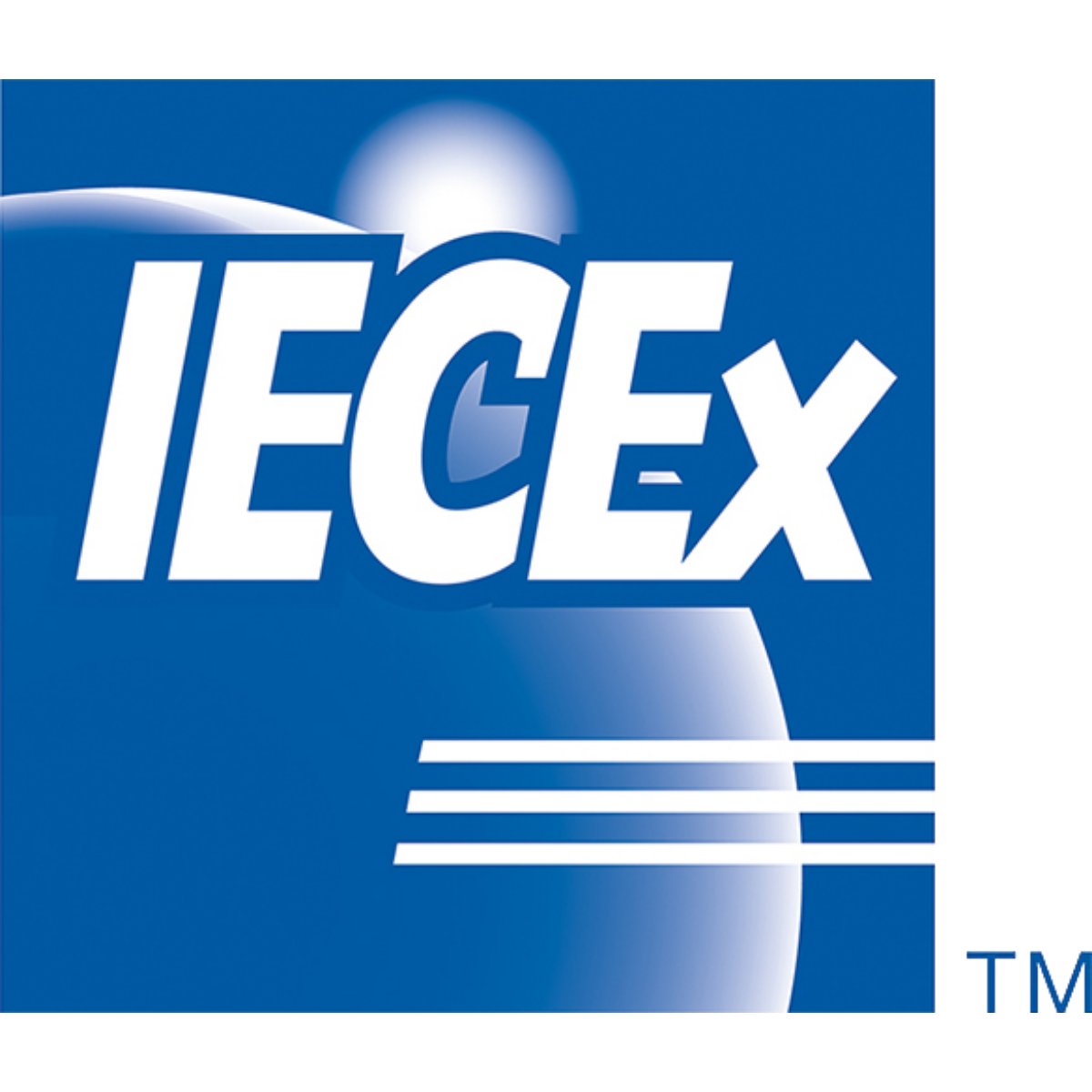
IECEx
The IECEx system is an international certification system. It is developed by the International Electrotechnical Commission.
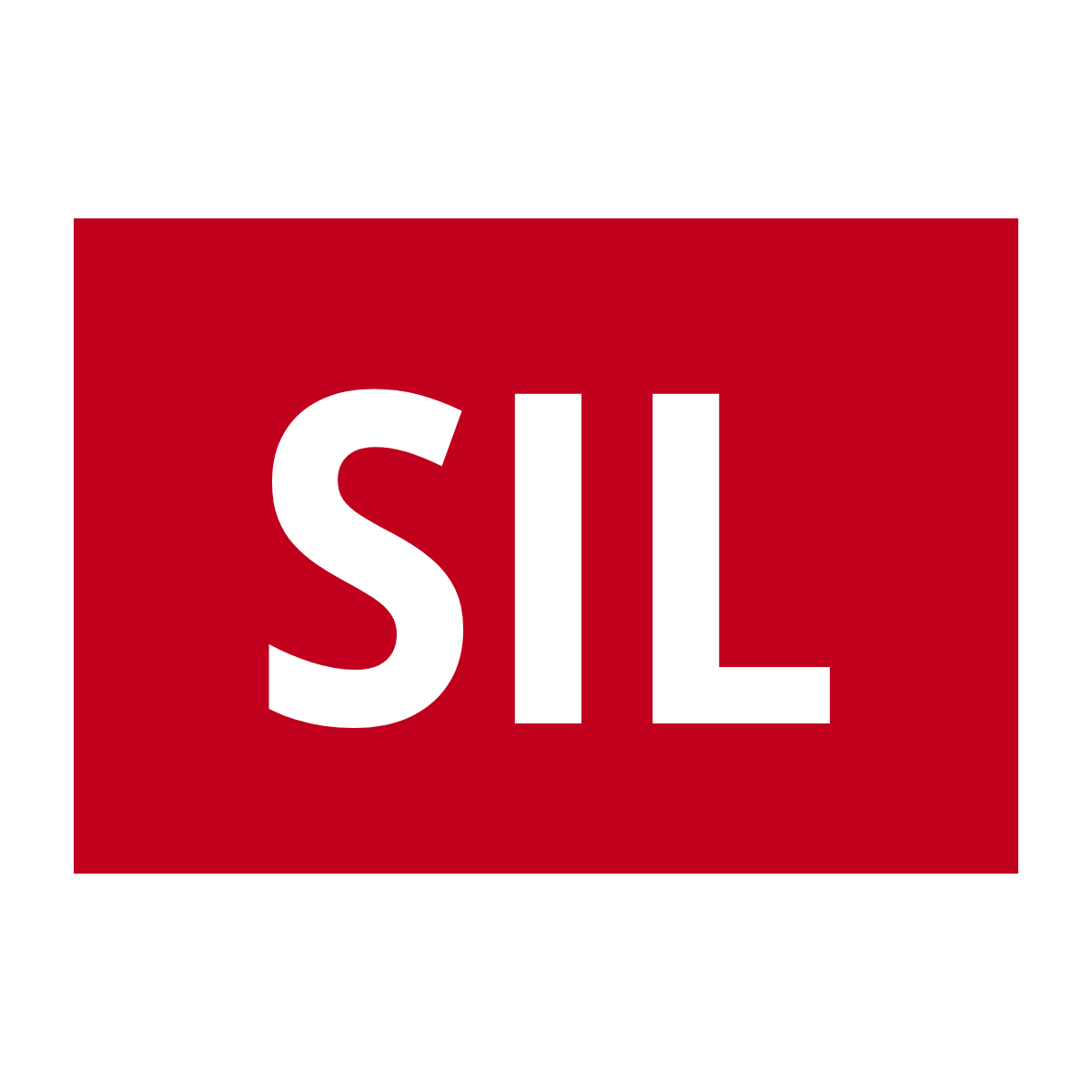
SIL
The Safety Integrity Level (SIL) is the ability to reduce the assessed risk by ensuring the reliability of safety systems.

